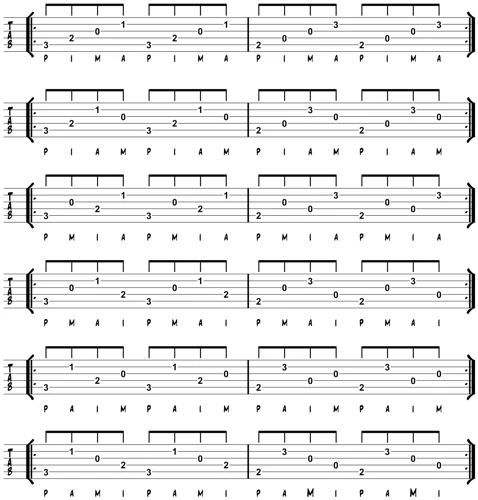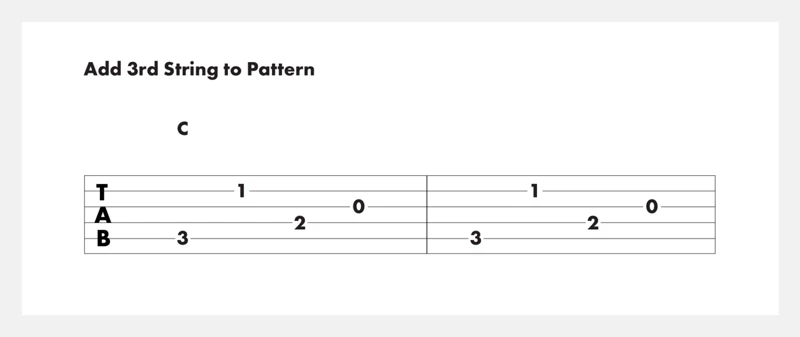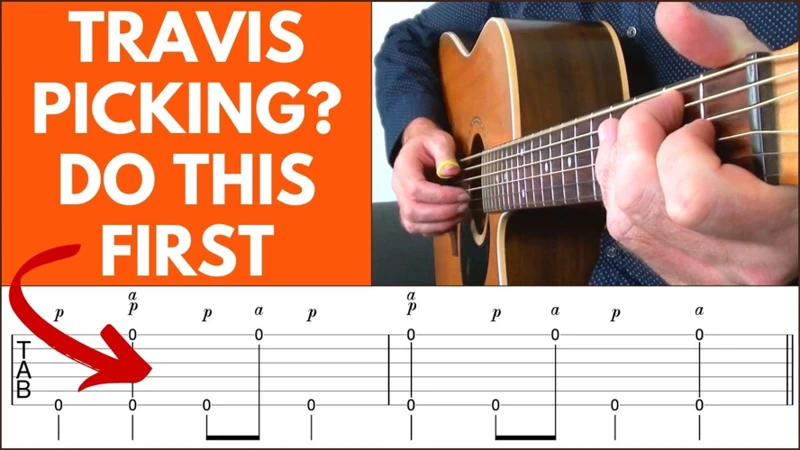Fingerpicking is a unique and captivating style of guitar playing that has been a foundational technique in country music for decades. One of the most popular and enduring fingerpicking patterns is known as Travis picking, named after the legendary country guitarist Merle Travis. In this blog post, we will explore the history, technique, and repertoire of fingerpicking Travis picking country music.
What is Travis Picking?
Travis picking is a fingerstyle technique that involves playing a steady bass note with the thumb on alternating strings while simultaneously playing melodic notes and chords with the index, middle, and ring fingers. This creates a rhythmic and harmonically rich sound that has become a hallmark of country music guitar playing.
History of Travis Picking
Travis picking originated in the 1940s and 1950s, when Merle Travis developed the technique as a way to play intricate solos and accompaniments on the guitar. Travis was heavily influenced by the blues and jazz guitarists of the time, and his unique style combined the rhythmic drive of those genres with the melodic sensibilities of country music. Travis picking quickly became popular among country guitarists, and has since been used by artists such as Chet Atkins, Jerry Reed, and Doc Watson.
Technique of Travis Picking
The technique of Travis picking involves using the thumb to play a steady bass note on alternating strings while the index, middle, and ring fingers play melodic notes and chords. The thumb typically plays eighth notes, while the fingers play a variety of rhythms and patterns. The thumb usually plays on the bass strings (E, A, and D), while the fingers play on the treble strings (G, B, and E).
To get started with Travis picking, it’s important to practice the thumb pattern separately from the finger patterns. Start by practicing the thumb pattern using a metronome, and gradually increase the tempo as you become more comfortable. Once you have the thumb pattern down, start adding in simple finger patterns, such as playing a melody note on the G string with your index finger.
Repertoire for Travis Picking
There are many great songs and instrumentals that showcase the beauty and versatility of Travis picking. Some classic Travis picking songs include “Cannonball Rag,” “Freight Train,” and “Dixie McGuire.” These songs feature intricate thumb patterns and melodic fingerwork that will challenge and inspire guitarists of all levels.
In addition to these classic songs, there are many modern country and Americana artists who incorporate Travis picking into their music. Artists such as Old Crow Medicine Show, The Avett Brothers, and Mumford & Sons all use Travis picking as a way to add depth and texture to their songs.
Advanced Techniques for Travis Picking
Once you have mastered the basic technique of Travis picking, there are many advanced techniques that you can explore. One such technique is the use of syncopated rhythms, which involve playing notes on off-beats to create a more complex and dynamic sound. Another technique is the use of artificial harmonics, which involve using the thumb to create a high-pitched note while playing a chord with the fingers. These advanced techniques can add a new level of sophistication and expressiveness to your Travis picking.
Interested in learning more about Fingerpicking and Travis Picking in Country Music? Explore our articles on Travis Picking in Country Music, Fingerstyle vs Travis Picking in Country Music, Country Chords for Fingerpicking, and Fingerpicking Techniques in Country Music. Discover how the Telecaster is revolutionizing country guitar playing in our article on Telecaster in Country Music!
Conclusion
Fingerpicking Travis picking country music is a rewarding and challenging technique that can add depth and richness to your guitar playing. By understanding the history, technique, and repertoire of Travis picking, you can develop your skills and become a more versatile and expressive guitarist. Whether you’re a beginner or an advanced player, Travis picking is a technique that will inspire and challenge you for years to come.




